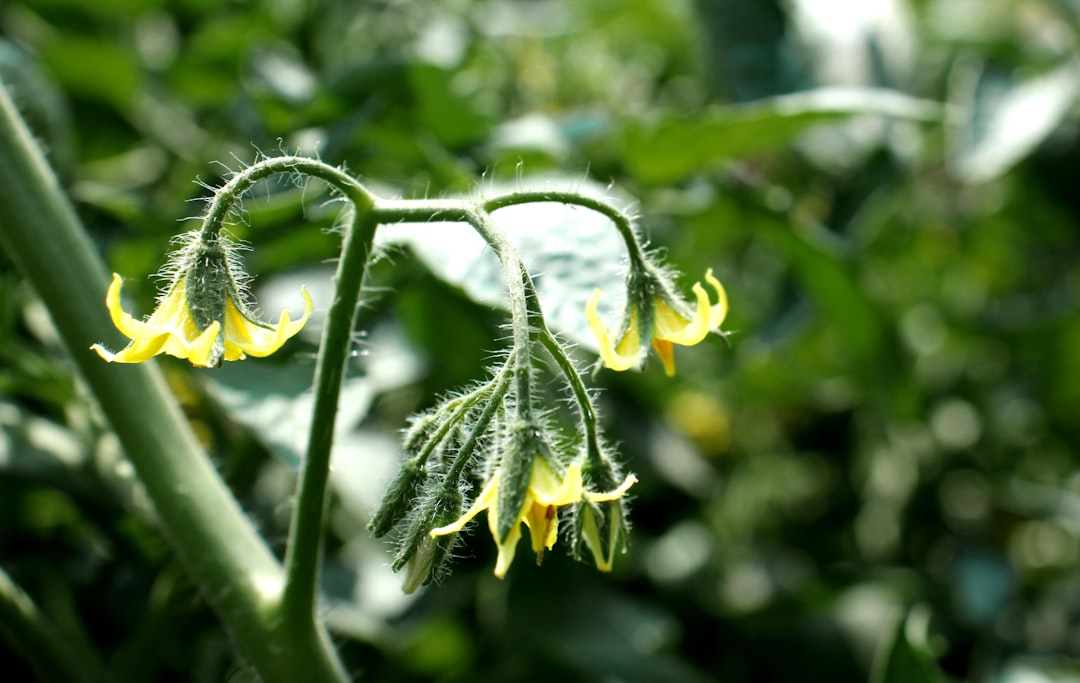Unveiling the Secrets of Rodger's Flower Growth

Rodger's flower, a large, clump - forming perennial, is a captivating addition to any garden. With its attractive foliage and beautiful summer flowers, it can transform an ordinary garden into a vibrant oasis. In this article, we will explore essential tips for growing this remarkable plant.
### Understanding Rodger's Flower
Before delving into the growing process, it's crucial to understand the basic characteristics of Rodger's flower. This perennial typically thrives in partial to full shade, making it an ideal choice for areas in your garden that don't receive direct sunlight all day. Its foliage is often large, deeply lobed, and has a unique texture that adds visual interest even when the plant is not in bloom. The summer flowers are usually white or pale pink, arranged in large, showy clusters that rise above the foliage.
### Choosing the Right Location
Selecting the appropriate location is the first step in successfully growing Rodger's flower. As mentioned earlier, partial to full shade is preferred. A spot under a large tree or on the north - facing side of a building can provide the right amount of shade. The soil should be rich, moist, and well - drained. Rodger's flower doesn't tolerate dry soil well, so it's important to choose a location where the soil retains moisture but doesn't become waterlogged. You can test the soil drainage by digging a small hole and filling it with water. If the water drains within a few hours, the drainage is adequate.
### Soil Preparation
Once you've chosen the location, it's time to prepare the soil. Start by removing any weeds, rocks, or debris from the area. Then, loosen the soil to a depth of about 12 to 15 inches using a garden fork or tiller. Incorporate organic matter such as compost, well - rotted manure, or leaf mold into the soil. This will improve the soil structure, add nutrients, and help retain moisture. Aim to mix in about 2 to 3 inches of organic matter and work it evenly into the soil.
### Planting Rodger's Flower
Rodger's flower can be planted either from seeds or from nursery - grown plants. If you're starting from seeds, sow them in a seed tray filled with a good quality seed - starting mix. Keep the soil moist and place the tray in a warm, shaded area. Germination can take several weeks, so be patient. Once the seedlings have developed a few sets of true leaves, they can be transplanted into the garden.
If you're using nursery - grown plants, dig a hole that is slightly larger than the root ball of the plant. Place the plant in the hole, making sure the top of the root ball is level with the surrounding soil. Backfill the hole with soil, gently firming it around the plant. Water the newly planted Rodger's flower thoroughly to settle the soil and eliminate any air pockets.
### Watering and Fertilizing
Proper watering is essential for the health of Rodger's flower. Keep the soil consistently moist, especially during the growing season. Water deeply at least once a week, more often during hot, dry weather. Avoid overhead watering as it can lead to fungal diseases. Instead, use a soaker hose or drip irrigation to water at the base of the plant.
Fertilize Rodger's flower in the spring with a balanced, slow - release fertilizer. Follow the instructions on the fertilizer package for the correct application rate. You can also apply a layer of compost around the base of the plant in the spring to provide additional nutrients.
### Pruning and Maintenance
Pruning Rodger's flower is relatively simple. In the fall, after the foliage has died back, cut the plant down to the ground. This will help prevent the spread of diseases and keep the garden looking tidy. In the spring, remove any dead or damaged leaves as soon as they appear.
Keep an eye out for pests and diseases. Rodger's flower is generally resistant to most pests, but it can be susceptible to slugs and snails. You can control these pests by using organic slug baits or by setting up beer traps. Fungal diseases can be prevented by providing good air circulation around the plant and avoiding overhead watering.
### Propagation
Rodger's flower can be propagated by division. Every few years, in the spring or fall, dig up the clump of Rodger's flower. Use a sharp knife or garden spade to divide the clump into smaller sections, making sure each section has a healthy root system and a few shoots. Replant the divided sections in the garden or share them with fellow gardeners.
In conclusion, growing Rodger's flower can be a rewarding experience. By following these essential tips on location, soil preparation, planting, watering, fertilizing, pruning, and propagation, you can enjoy the beauty of this large, clump - forming perennial in your garden for years to come.